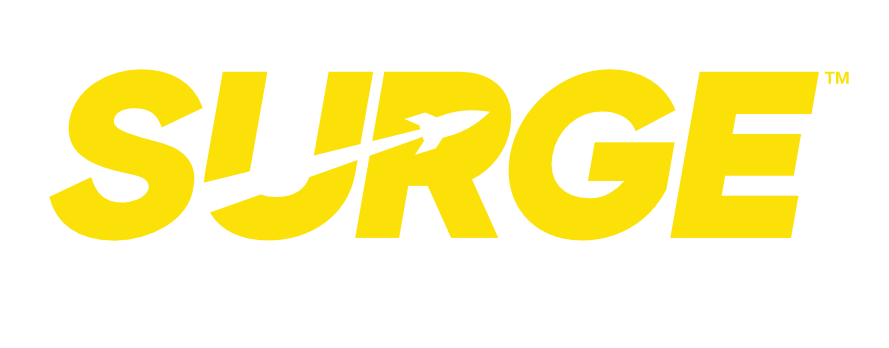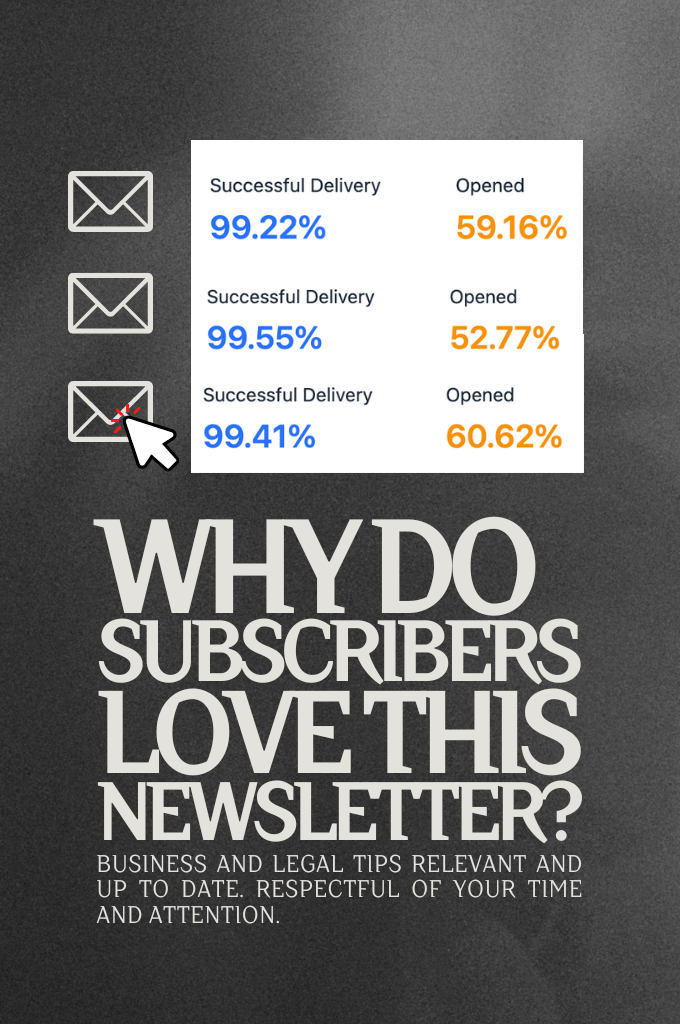Stop Getting Lies in Market Research, Validate Ideas Right
I talk to small business owners and startup founders every week, and the single most common and heartbreaking story I hear goes like this:
“I spent six months and $50,000 building my product. I did the market research. I interviewed ten people, showed them my mockups, and they all said they loved it. Then I launched… and nothing. Crickets.”
This story (which I just saw on Reddit again this week) is the #1 way founders give themselves false hope. The hard truth is this: your user interviews are lying to you.
Not because people are malicious, but because you’re asking the wrong questions. You’re asking for validation, and they’re giving you compliments.
It’s time to stop collecting compliments and start collecting the cold, hard facts that make real businesses succeed. Here’s how to do real startup market research that actually works.
The “Polite Yes”: Why Positive Feedback Often Means Nothing
When you show someone your “amazing new app” and ask, “Would you use this?” you’ve already ruined the interview.
Before I was a lawyer, I worked in user research. And I can tell you this: most founders fall into a psychological trap called social desirability bias. People want to be nice. They want to make you happy and avoid awkwardness.
So they say:
“Wow, that’s a cool idea!”
“Yes, I’d totally use that!”
But those aren’t data points, they’re polite rejections. You asked a hypothetical question and got a hypothetical (and useless) answer. People are terrible at predicting their future behavior.
Stop Validating, Start Investigating
The “Customer Discovery” vs. “Validation” Mindset
You’re not a salesperson pitching an idea, you’re a detective investigating a mystery.
Validation-seeking (the wrong way):
“Here’s my solution. Do you like it? Will you use it? Would you pay for it?”
This leads the witness and produces biased, false-positive feedback.
Discovery-seeking (the right way):
“Tell me about your life.”
“What’s frustrating about [the problem area]?”
“Walk me through your workflow.”
The #1 rule of customer discovery: Never talk about your idea.
The moment you mention your solution, the conversation is over. Instead, focus on how they currently experience the problem.
Don’t ask: “Would you use an AI tool to summarize meetings?”
Do ask: “Tell me about the last meeting you had. What did you do with the notes afterward?”
You’re not looking for opinions, you’re digging for proof of pain in their past behavior.
How to Find Customer Pain Points That Actually Matter
A real problem leaves evidence. If you want to know whether people will pay for a product, find out whether they’re already paying (in money, time, or frustration) to solve it.
I call this “hunting for the janky workarounds.”
Ask yourself:
- How are they solving this problem right now?
- Are they using spreadsheets and copy-pasting data every week?
- Are they paying a virtual assistant to do it manually?
- Did they hack together three tools just to make something work?
If people aren’t already trying to fix it, it’s probably not painful enough.
A shrug and a “yeah, that’s kind of annoying” is the kiss of death for a startup idea. Real pain is the foundation of a real business.
A Founder’s Guide to Market Research: The “Small-Batch” Method
When I coach founders on how to validate a business idea, I tell them not to do 10 interviews and stop. Instead, use small-batch iterations, short, focused cycles of customer conversations that reveal patterns fast.
Phase 1: The First 5 Conversations (Broad Discovery)
Goal: Learn what problems your audience actually has.
Who: 5 people in your target audience.
Method: Open-ended, qualitative conversations.
Ask:
- “Walk me through your process for [doing the task].”
- “What’s the hardest part about [the problem area]?”
- “Tell me about the last time you tried to solve [the problem].”
- “What tools or methods are you using now?”
Your goal here is to generate hypotheses about which problems are painful and worth solving.
Phase 2: The Next 5 Conversations (Problem Validation)
Now focus on the specific pain points you discovered.
Goal: See if the problem is widespread and painful enough to solve.
Who: 5 new people from the same audience.
Method: Ask targeted questions that measure commitment, not compliments.
Ask:
- “You mentioned using [that workaround], how much time does that take?”
- “If you could wave a magic wand and fix one thing, what would it be?”
- “What have you already tried to solve this?”
Compliment: “That’s a cool idea.”
Commitment: “When can I use this?” “Is there a beta?” “How much will it cost?”
If no one expresses real interest after five focused interviews, your problem isn’t painful enough yet.
What Comes Next: Validating an MVP
Only after you’ve validated the problem should you build a Minimum Viable Product (MVP).
Your MVP is not your final product, it’s just another research tool. Its only job: test whether people actually use your solution.
Keep your iterations small and focused. Let real user behavior, not opinions, guide your next move.
Stop treating user research like a quest for approval. It’s an investigation and your job is to find the truth before you waste time and money.
FAQ: How to Validate a Startup Idea
Q: How can I validate a startup idea without building it?
A: Don’t talk about your idea. Talk about customer pain. Look for “janky workarounds,” the messy ways people are already solving the problem.
Q: What questions should I ask in a customer discovery interview?
A:
- “Walk me through the last time you…”
- “What’s the hardest part about…”
- “What are you using to solve this now?”
- “What don’t you love about that solution?”
Q: Why do founders get false-positive feedback?
A: Because of social desirability bias, people want to be nice and avoid hurting your feelings, so they compliment instead of giving real feedback.
Q: How can I tell if a problem is a real pain point?
A: Look for evidence of action. If people are already spending time, money, or effort on workarounds, it’s real.
Q: How many user interviews do I need before building an MVP?
A: Start with five. You’ll see patterns quickly. Then refine your hypothesis and do another five.
Q: How should I talk to potential customers?
A: Don’t pitch. Be curious. Let them talk 90% of the time. Ask “why” repeatedly to uncover the deeper pain.
Key Takeaway:
Stop validating your idea. Start validating your customer’s pain. The truth is worth more than ten polite “yeses.”
If you’re ready to start your business, you’ve come to the right place!


